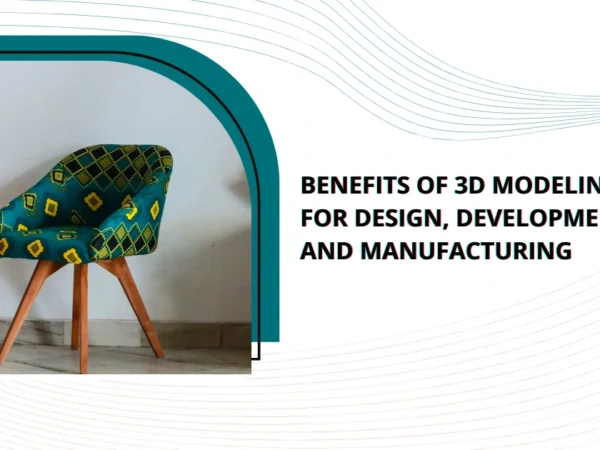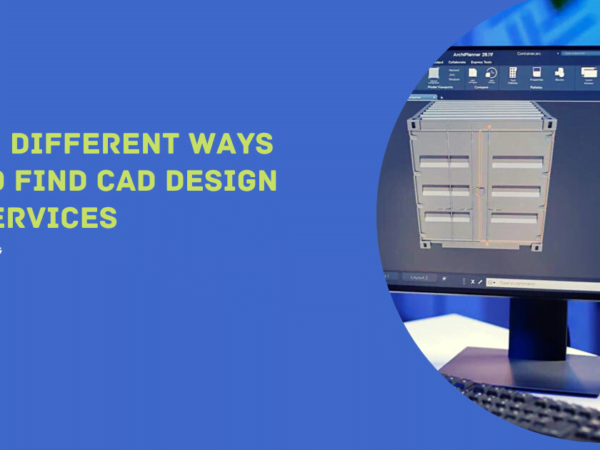
In today’s fast-paced manufacturing environment, Computer-Aided Design (CAD) outsourcing has emerged as a strategic solution for manufacturers looking to optimize efficiency and streamline operations. By delegating CAD drafting and design tasks to external experts, manufacturers can focus on their core competencies while leveraging cutting-edge tools and specialized knowledge.
Outsourcing CAD drafting services can reduce overhead costs, shorten product development cycles, and ensure access to advanced technologies. For manufacturers aiming to stay competitive in a dynamic market, CAD outsourcing offers a flexible and scalable solution.
The Role of CAD in Modern Manufacturing
CAD technology plays a pivotal role in the design and development of products. It enables engineers to create precise, detailed digital models, facilitating efficient design iterations and minimizing errors. Additionally, CAD software enhances collaboration among design teams and stakeholders, making the development process more agile and reducing miscommunications.
Benefits of CAD Outsourcing for Manufacturers
1. Cost Efficiency
Outsourcing CAD services reduces the need for an in-house design team, which can significantly lower overhead costs. Instead of investing in expensive software licenses, hardware, and training programs, manufacturers can outsource these tasks to experts.
For example, by partnering with Shalin Designs, manufacturers gain access to a highly skilled team proficient in leading CAD software like AutoCAD, SolidWorks, and Creo, without the burden of maintaining these resources internally.
Case Study: A mid-sized automotive parts manufacturer reduced its design costs by 30% after outsourcing its CAD requirements to an external firm. By eliminating the need for new software investments and lowering staffing costs, the company was able to reallocate resources to R&D, accelerating innovation in its product line.
2. Access to Expertise
Outsourcing firms like Shalin Designs employ CAD professionals with diverse experience across industries. These specialists are up-to-date with the latest design trends, industry standards, and best practices, ensuring high-quality results. Whether manufacturers need 3D modeling, product simulation, or technical drawings, CAD outsourcing partners provide access to a broader skill set than is often available in-house.
Example: A furniture manufacturer outsourced its CAD design needs and benefitted from the external team’s proficiency in creating ergonomic designs. This not only improved the functionality of the products but also contributed to a 15% increase in sales due to enhanced design aesthetics.
3. Scalability and Flexibility
Outsourcing CAD design allows manufacturers to scale their operations according to project demands. Whether they need additional resources for a large-scale project or fewer designers during slower periods, outsourcing offers flexibility that’s difficult to achieve with an in-house team.
Example: An electronics manufacturer working on multiple product launches was able to scale up its design team within weeks by outsourcing CAD tasks. This approach allowed them to meet tight deadlines without hiring new full-time employees.
4. Faster Time-to-Market
Time-to-market is critical in competitive industries. By outsourcing CAD drafting and design, manufacturers can expedite product development cycles. External CAD teams often focus solely on design, allowing in-house teams to concentrate on concept development and market strategies. This division of labor accelerates product launches and helps manufacturers capitalize on market opportunities.
Case Study: A medical device company reduced its development time by 40% by outsourcing its CAD modeling to an external provider. This enabled them to launch a life-saving product ahead of competitors, capturing a significant market share.
5. Focus on Core Competencies
Outsourcing CAD tasks frees internal resources to focus on strategic business areas like research and development, marketing, and customer engagement. By delegating the time-consuming aspects of design and drafting, manufacturers can drive innovation and business growth.
6. Minimized Capital Expenditure
Investing in advanced CAD software, hardware, and ongoing training can strain a manufacturer’s budget. Outsourcing eliminates the need for these significant upfront investments. Instead of turning capital expenses into operational costs, manufacturers can maintain financial flexibility, converting fixed expenses into variable ones.
Example: A consumer electronics firm outsourced its CAD operations to avoid the substantial costs associated with upgrading to the latest CAD software. As a result, they could allocate funds toward developing new features for their flagship products.
Choosing the Right CAD Outsourcing Partner
Selecting the right outsourcing partner is essential for maximizing the benefits of CAD outsourcing. Manufacturers should look for firms with:
- Proven Experience: A track record of successfully completed projects in relevant industries.
- Technical Expertise: Proficiency in the latest CAD tools such as AutoCAD, SolidWorks, and Revit.
- Quality Assurance Processes: Rigorous quality control measures to ensure the accuracy and reliability of designs.
- Flexible Engagement Models: Options to scale resources up or down based on project needs.
Conclusion
CAD outsourcing offers manufacturers a powerful way to improve efficiency, reduce costs, and accelerate time-to-market. By working with an experienced partner like Shalin Designs, manufacturers can leverage the latest CAD tools, access expert talent, and remain agile in a competitive marketplace.
If you’re looking to streamline your CAD processes, contact Shalin Designs today. Our team is ready to help you optimize your design and production workflows, ensuring that you remain ahead of the competition.



